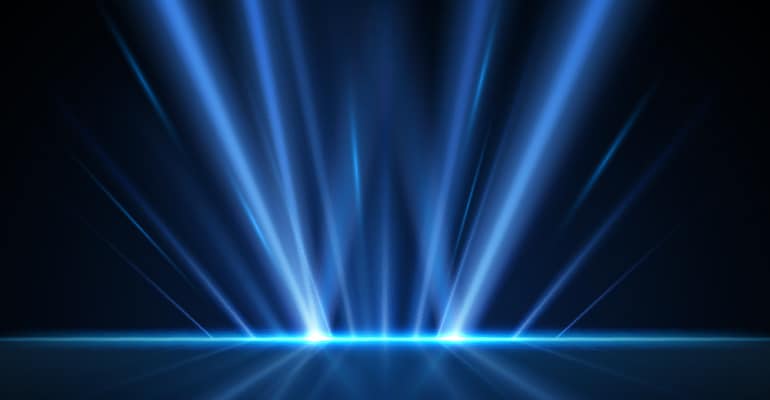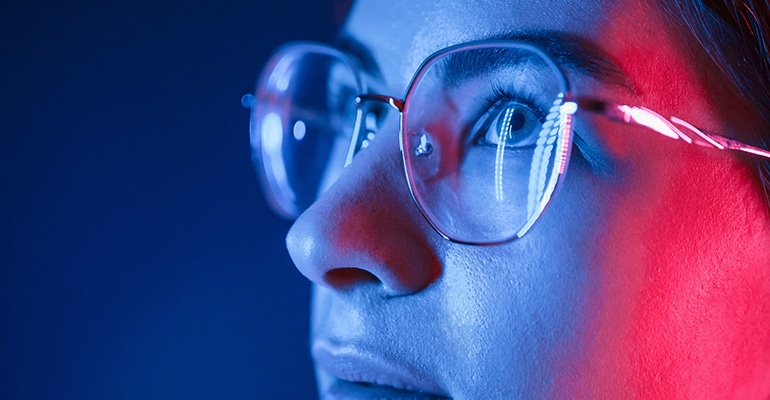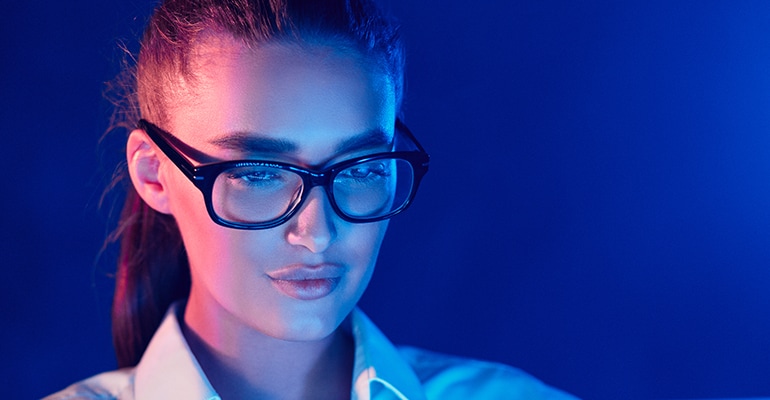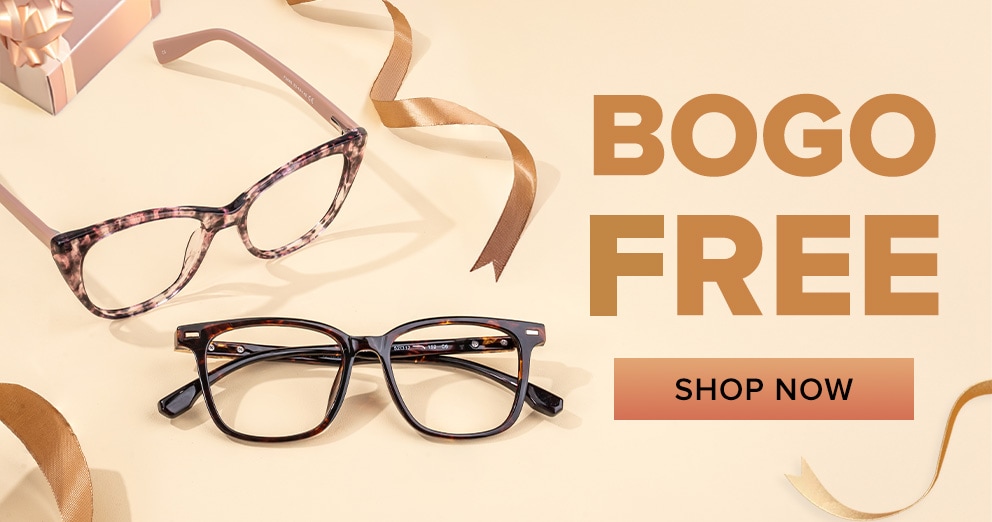Blue Light: The Good and the Bad
Oct 15, 2023
How much blue light do we need? How and when should we protect ourselves by blocking blue light?
There's a lot of talk about the benefits and drawbacks of blue light - on the one hand, it's a great tool to combat winter blues and insomnia, but on the other hand, it has the potential to permanently damage the naked eye. What should we really think about blue light? What are the changes in the artificial light we experience every day? Why does the human body need this wavelength of light for bioeffects? And how and when can we protect ourselves from the potential damage of blue light? Read this article to learn more about the good and bad of blue light.

Benefits of Blue Light
Light not only gives us light, it is also important for the regulation of our physiological rhythms and affects our daily mood. It is also important for the regulation of our physiological rhythms and affects our daily mood. Light is also closely related to our ability to feel alert, concentrate on our work, and maintain our productivity and physical and mental health.
Scientific studies have confirmed the physiological effects of light on our bodies. Ultraviolet light, for example, affects the formation of vitamins in the body. When our bodies are exposed to bright light, especially blue light, it affects our hormone levels. Hormones in the body are responsible for regulating mood and sleep/wake cycles. The percentage of blue light is higher during the day and decreases significantly at night.
When exposed to bright outdoor light, our bodies release serotonin, a well-known "happy hormone," and cortisol, which regulates stress. Both of these hormones keep us awake and energized. Melatonin, on the other hand, is a sleep hormone that makes us feel tired in the dark and fall asleep.
Light entering the retina, especially blue light, affects our mental state, so many people now use phototherapy to relieve seasonal mood disorders and insomnia. However, it is important not to expose yourself to too much light, as this may cause harm to your body.
Disadvantages of blue light
Too much ultraviolet and violet-blue light can cause damage to the naked eye. In addition to causing unpleasant inflammation of the conjunctiva and cornea, it can also damage the eye's crystals (e.g., cataracts), and especially our retina (macular degeneration).
This is why it is important to wear 100% UV protective sunglasses under intense sunlight, especially in environments with a lot of harsh glare, such as water and snowy slopes.

The good and bad of blue light
Benefits: Helps maintain regular physiological rhythms
Studies have shown that blue light in the spectral range of 400 to 520 nm (maximum at 460 nm) is an important element in the control of melatonin in the body, which directly influences physiological rhythms.
Disadvantages: Increased risk of developing retinal diseases
Some studies have shown that prolonged exposure to blue light with wavelengths below 460 nm (especially 440 nm) can cause photochemical damage to the retina, thereby increasing the risk of macular degeneration.
Modern Life: Light Sources Containing Large Amounts of Blue Light
From light-emitting diodes (LEDs), xenon lamps, and power-saving light bulbs to electromagnetic radiation from screens, all of the "new light sources" designed to make our lives better and easier contain more blue light than traditional light bulbs. These different spectral compositions of light mean that we are now being exposed to far more blue light than ever before, and what is the decisive effect on our eyesight? But it's important to remember that your eyes receive 30 times more blue light in an hour outside on a cloudy day than in an hour in front of a screen.
Some people find that light sources with a lot of blue light make it harder for them to sleep at night. When we are in a dark room or out in the evening or night, our eyes switch to a different visual mode; in low light, our eyes change from being sensitive to green to being sensitive to high-energy blue light, which means that we are trying harder to receive blue light, and therefore have a heightened perception of harsh, bright light. This effect may not be unfamiliar to drivers, who may temporarily lose their vision when illuminated by the glare of headlights, especially in vehicles with modern xenon or LED headlights. In these cases, lenses that filter out blue light provide a more comfortable viewing experience.

How Digital Products Are Changing Our Vision
Tablets, smartphones and other electronic displays are not only changing the spectrum of light we're exposed to, they're also changing our visual behavior. It's important to recognize that we now spend more time seeing things "up close" than ever before, often because the background is too dark. Even children are facing this problem: "Childhood myopia" refers to the growing number of children who are nearsighted once they start school.
If we don't spend enough time looking away, our eyes don't have a chance to relax, and eventually we don't have a chance to train our ability to focus quickly at different distances, which leads to digital vision fatigue. In addition, when we look at a digital screen, we naturally blink less, so our cornea is less likely to be moisturized by tears, which can make our eyes tired and sore, and in the worst case scenario, can even cause problems with our vision.
We recommend resting your eyes by looking away as often as possible, even when using a laptop, tablet or smartphone. Also make sure wear blue light blocking glasses properly protected from excessive UV and violet blue light.
